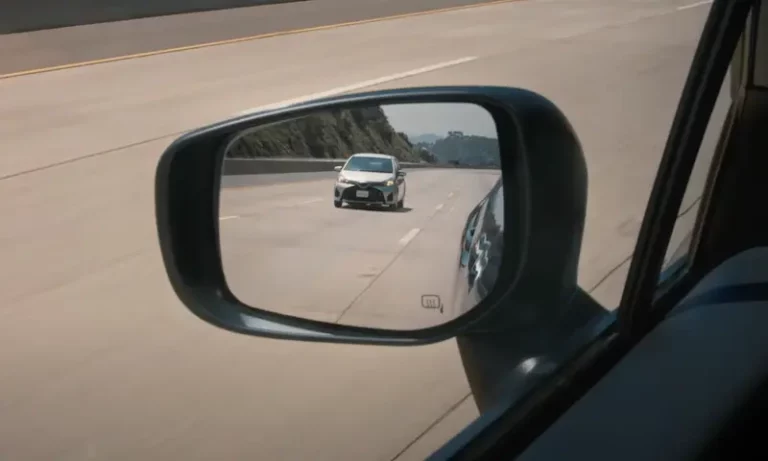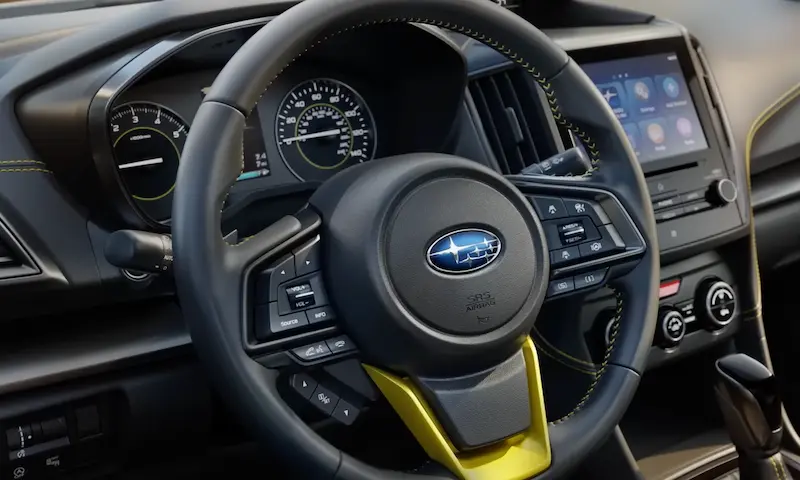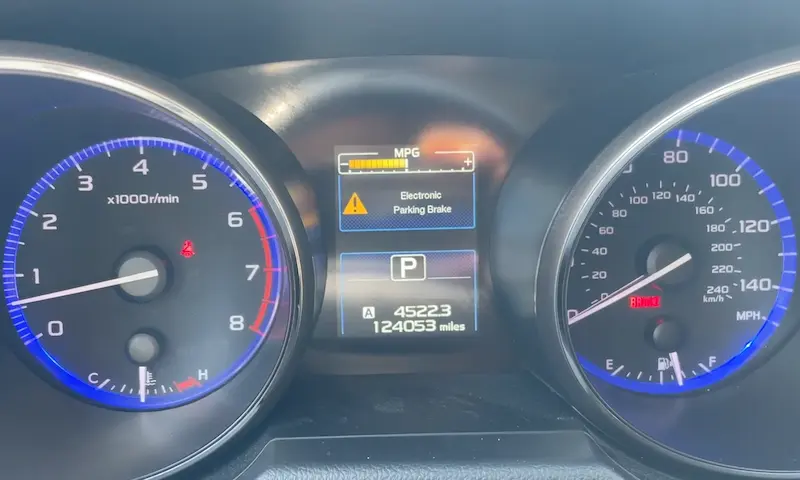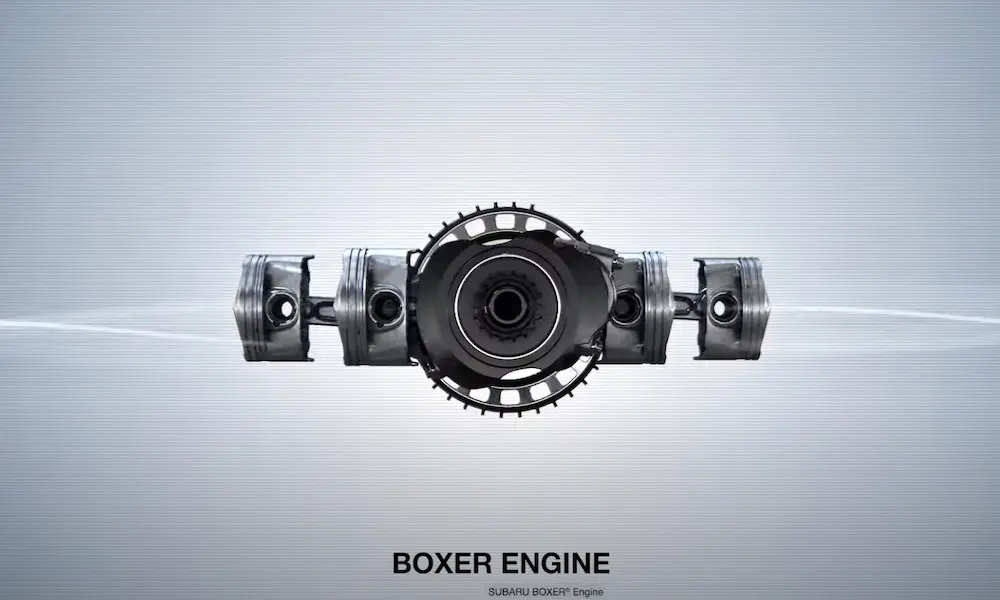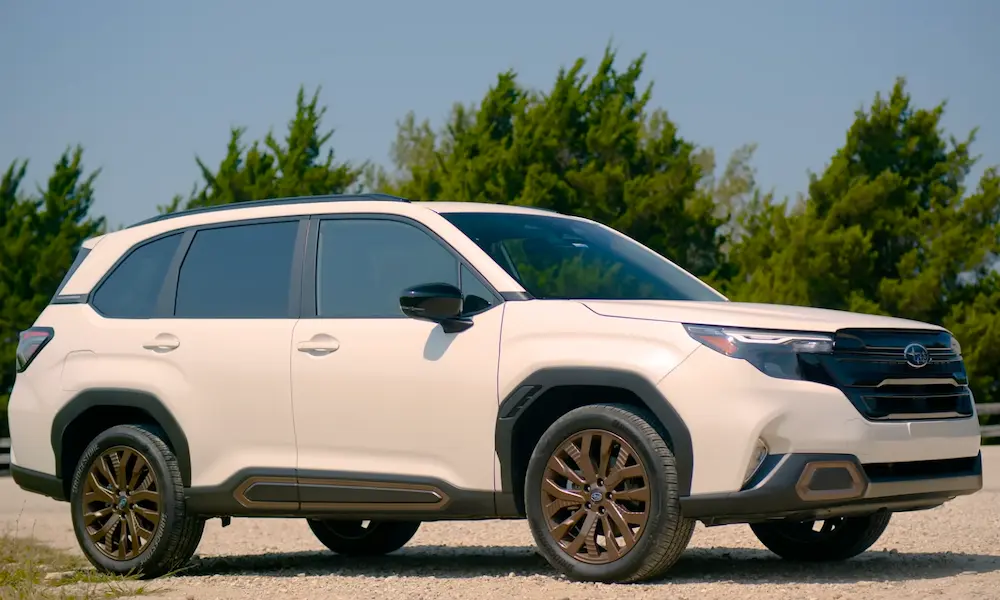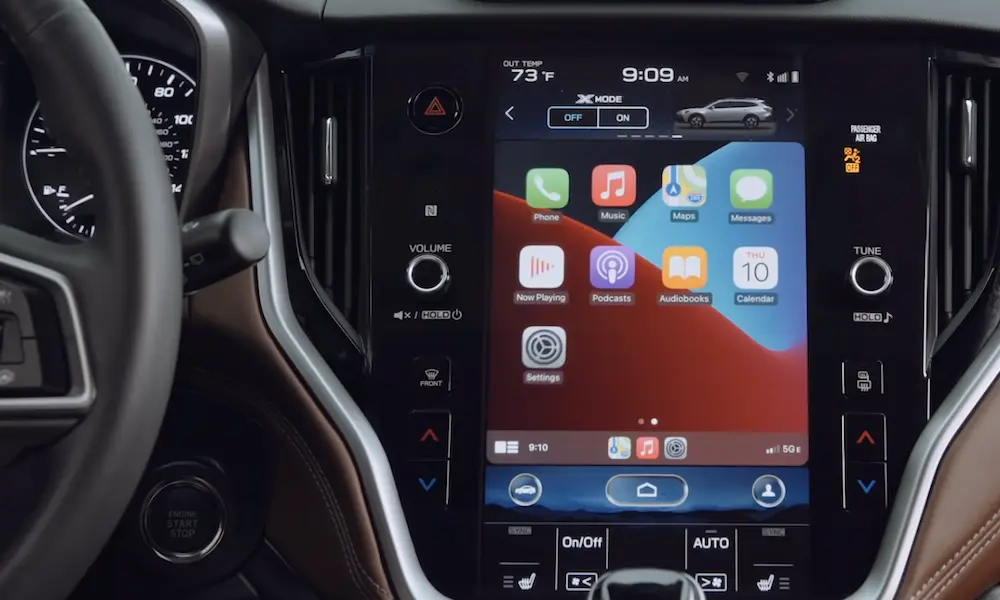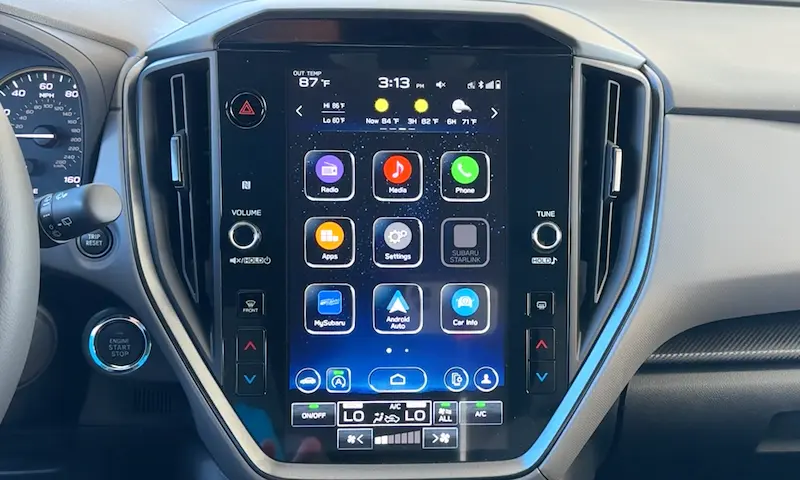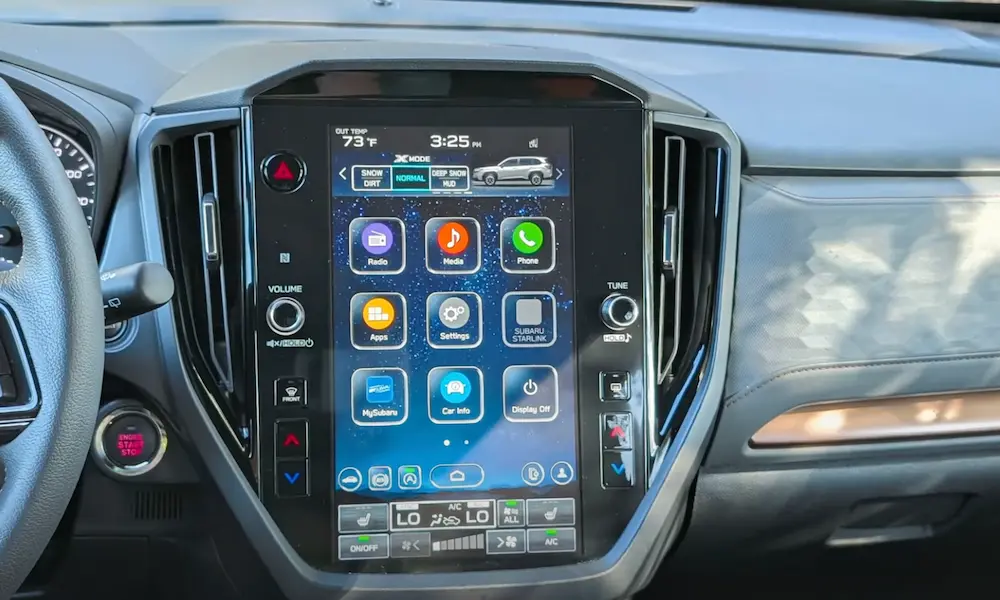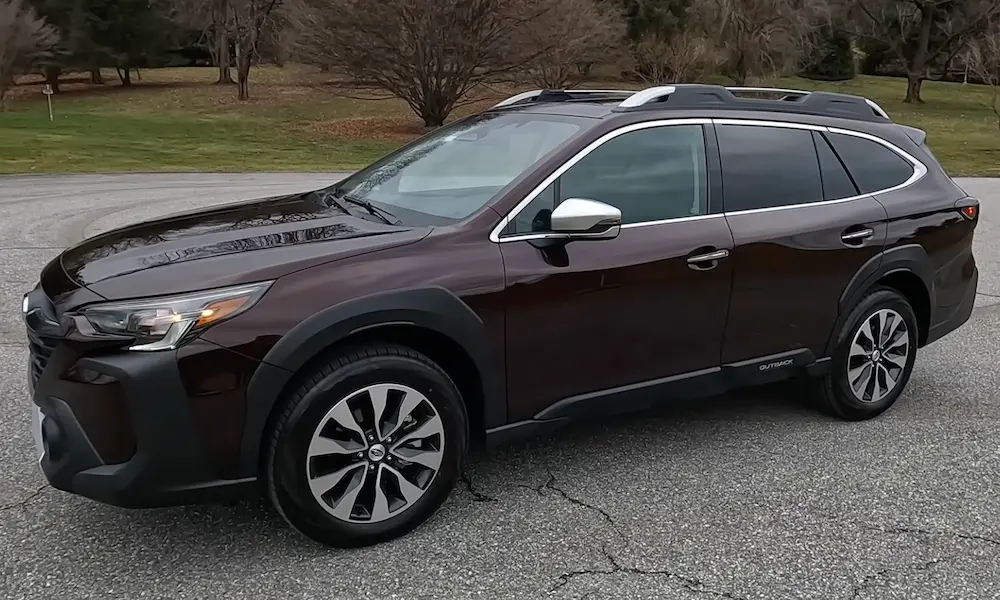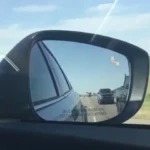Blind spot detection is a safety feature that’s increasingly standard in vehicles, including those from Subaru. This system alerts you when another vehicle is in your blind spot as you’re driving, contributing to your peace of mind on the road.
Occasionally, you might need to reset your Subaru’s blind spot detection system. Perhaps it’s not functioning correctly after replacing the car’s battery, or you received a dashboard warning after towing, which can interfere with sensor accuracy. Resetting ensures the technology continues to guard your blind spots effectively.
Understanding Subaru’s Blind Spot Detection System
Subaru’s Blind Spot Detection (BSD) system is an advanced safety feature designed to alert you when a vehicle enters your blind spot, enhancing your driving awareness. Let’s break down its components and explore how it safeguards your journeys.
Components of the BSD System
The heart of Subaru’s Blind Spot Detection system lies in its array of sensors and radars. Positioned around your vehicle, these sensors actively monitor the areas that are typically out of your direct line of sight. Some models also incorporate the Eyesight system, which utilizes cameras to further augment the BSD’s effectiveness.
How the BSD Works
As you drive, the BSD system uses radar sensors to continuously scan for vehicles that enter into areas that your mirrors might not cover, also known as your blind spots. When a vehicle is detected, a visual indicator lights up on your corresponding side mirror to notify you. If you signal to change lanes while a vehicle is in your blind spot, an audible warning will also sound, alongside the flashing visual alert, for enhanced safety.
Safety Benefits of BSD
The safety benefits of having a BSD system can’t be overstated. It acts like an extra set of eyes on the sides of your car, providing crucial information that can prevent sideswipe collisions. Coupled with the Subaru Eyesight system, the BSD’s radar sensors and cameras collectively create a cocoon of awareness around your vehicle, significantly reducing your risk of accidents caused by unseen vehicles.
Common Issues with Blind Spot Detection
Your Subaru’s Blind Spot Detection (BSD) system is an advanced safety feature designed to alert you to vehicles in your blind spot during lane changes. Like any technology, it can have issues, including malfunctioning sensors, calibration problems, and battery-related troubles, especially after impacts such as a minor fender-bender or battery replacement.
Sensor Malfunction
A common issue with blind spot detection is a sensor malfunction. Your vehicle relies on sensors to monitor adjacent lanes; however, if these sensors become damaged or obstructed, they may not function correctly. Mishaps like a minor collision can result in the sensors being inoperative. If your BSD system isn’t working after an accident, have it inspected for any physical damage.
Misalignment and Calibration
Correct alignment and calibration are crucial for the BSD system to work accurately. If the sensors are misaligned, the system may fail to detect other vehicles or provide false alerts. Calibration might become necessary if you’ve had repairs or replaced body panels that could shift the sensors out of their proper position. A professional technician should handle the calibration to reset the sensors to factory specifications.
Battery and Power Issues
Your BSD system’s performance might be impacted by battery and power issues. For instance, after replacing your car’s battery, sensor issues might arise, such as the BSD system failing to activate or deactivate via its button. In such cases, checking the power supply and ensuring the battery installation has not interrupted sensor.
Remember to have any issues diagnosed and repaired by a certified professional to maintain the safety features of your vehicle.
Resetting the Blind Spot Detection System
Your Subaru’s Blind Spot Detection (BSD) System is a key safety feature that alerts you when a vehicle enters your blind spot. When this system is not functioning correctly, it’s essential to reset it to ensure your safety on the road.
When to Reset Your BSD System
It’s time to reset your BSD system when you notice it’s not performing as expected, such as failing to alert you of vehicles in your blind spot. Other signs include indicator lights that either won’t turn on or won’t turn off. A reset might also be necessary after a battery replacement, which can disrupt the system’s settings.
Step-by-Step Reset Guide
To reset your BSD system, follow these steps:
- Turn on Your Subaru: Press the start button without pressing the brake pedal, or turn your key to the “ON” position.
- Locate the BSD Button: Find the BSD button, usually located on the lower left side of the dashboard or within the car settings menu.
- Press the BSD Button: Press and hold the button until you hear a beep, signaling the reset is complete.
- Check the Manual: If the above steps don’t work, refer to your vehicle’s manual for specific instructions on resetting the system.
Troubleshooting After Reset
If the BSD system is still not functioning correctly after a reset:
- Check the Sensors: Ensure that the radar sensors, often located in the rear bumper, are not obstructed by dirt or debris.
- Press the Button Again: Sometimes a second reset is needed. Press the BSD button again following the initial reset steps.
- Consult Your Manual: Your Subaru’s manual may have troubleshooting steps.
- Seek Professional Help: If issues persist, it may be time to take your vehicle to a dealership or trusted mechanic for further diagnosis.
Remember, safety features like the BSD are there to assist you, but they do not replace the need for careful driving and awareness of your surroundings.
Installation and Maintenance Tips
When incorporating new technology into your Subaru, proper installation and regular maintenance are paramount for ensuring that your Blind Spot Detection (BSD) system operates seamlessly.
Installing New BSD Sensors
Installing new BSD sensors requires precision to maintain the integrity of your vehicle’s safety systems. Typically, your Subaru’s blind spot sensors are located near the rear bumper, so removing the rear bumper cover may be necessary. Carefully attach the new sensors, making sure they align correctly with the vehicle’s manufacturer specifications. Don’t forget to securely reattach the bumper cover, ensuring there are no gaps or misalignments that could impair sensor functionality.
Maintaining Your BSD System
To keep your BSD system functioning properly, regular maintenance is key. This should include cleaning the sensors periodically to remove any dirt or debris that could obstruct their field of vision. If you’ve had a battery replacement and notice issues, procedures for resetting the Blind Spot Detection may be necessary to restore operability. Additionally, after any kind of collision or bumper damage, have your system checked and recalibrated if needed, since the radar sensor’s accuracy is critical for detection.

